Big cats, such as lions, tigers, leopards, and jaguars, are often kept in captivity for various reasons, including entertainment, scientific research, and conservation. While there are legitimate reasons to keep some big cats in controlled environments, the reality is that many of these majestic animals face numerous challenges and struggles. This article explores these issues, offering insight into the wellbeing of big cats in captivity and the broader implications for wildlife conservation.
The Causes of Captivity
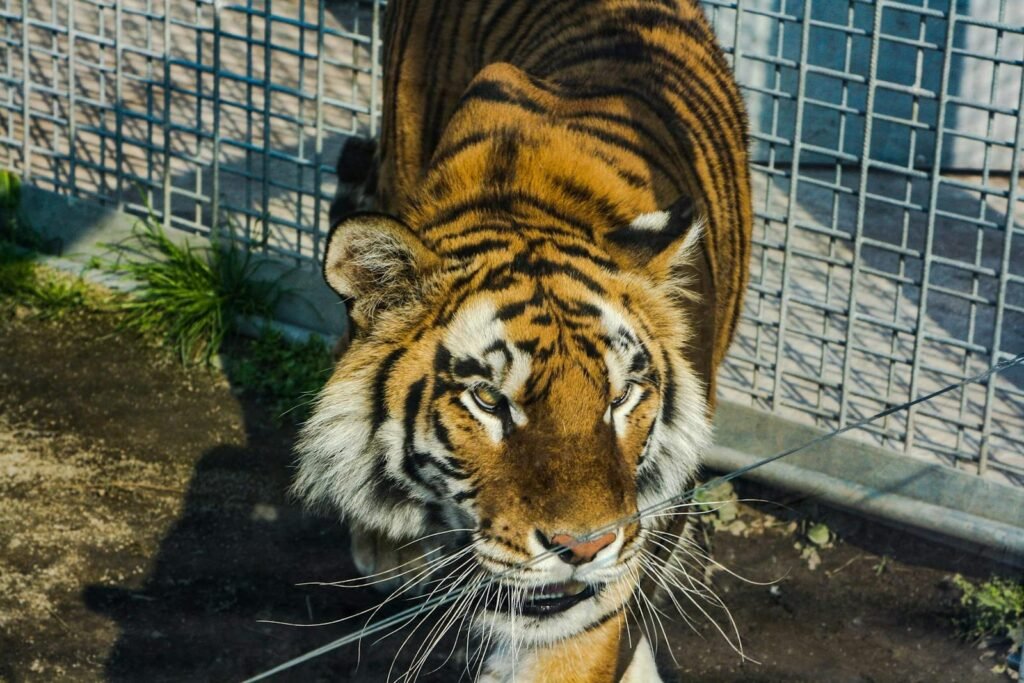
The primary reasons for keeping big cats in captivity include education, recreation, and breeding for conservation. Zoos, sanctuaries, and circuses are among the most common facilities where big cats are kept. Despite these institutions’ varying goals—educating the public, providing entertainment, or breeding for species survival—big cats in these settings often endure significant hardships.
Ethical Considerations in Captive Environments
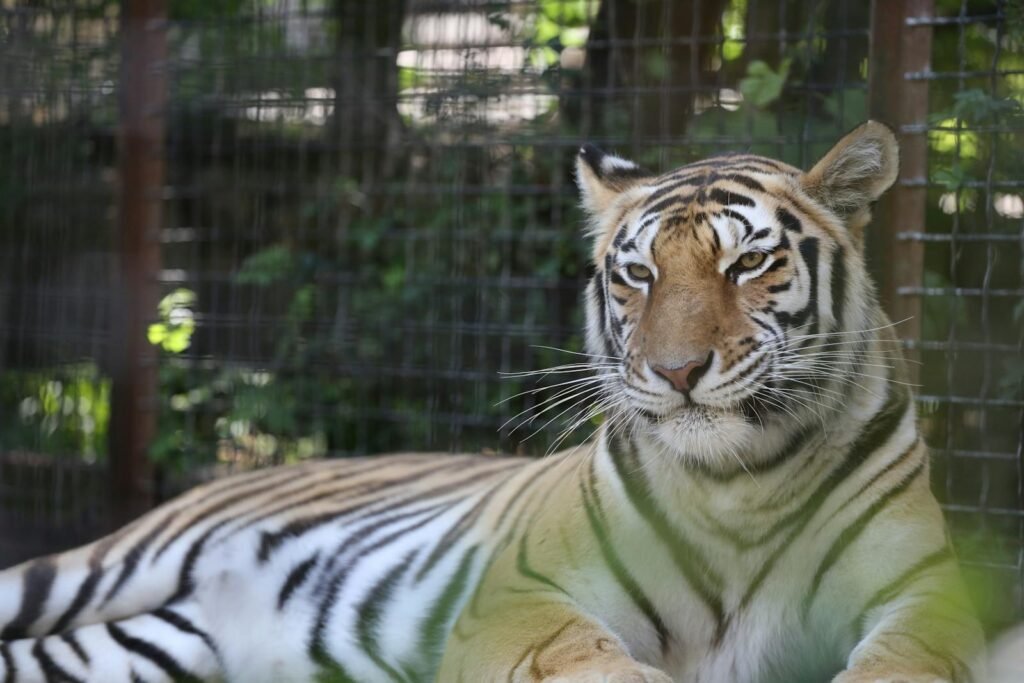
One of the most pressing concerns regarding big cats in captivity is ethics. These apex predators require vast territories, complex social interactions, and the freedom to express natural behaviors. Captivity often limits these needs, leading to ethical dilemmas about the animals’ quality of life. This is a significant concern for many animal welfare advocates who argue that the innate behavior and dignity of these creatures should be respected.
Physical Health Challenges
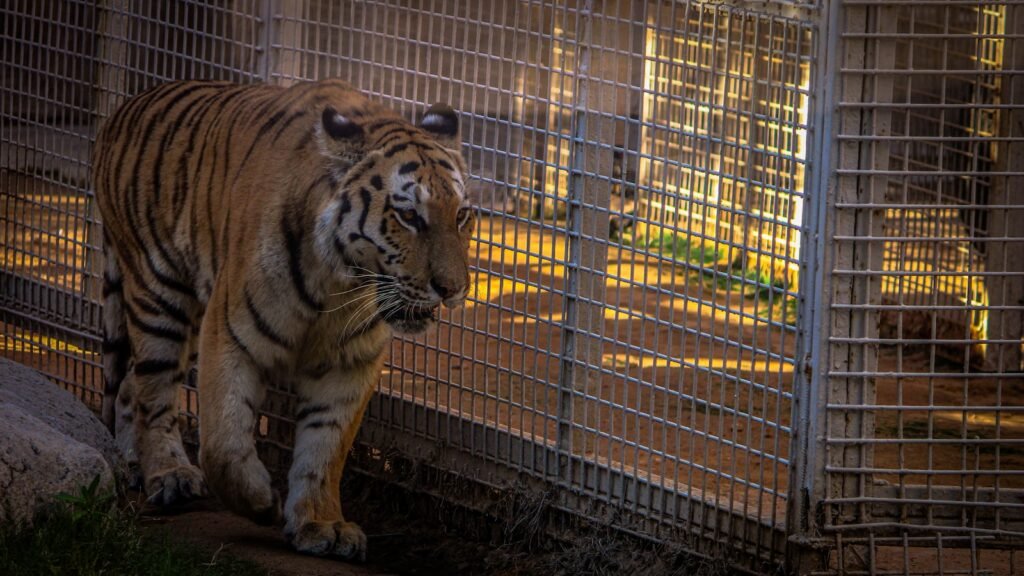
Captivity can significantly impact the physical health of big cats. Common issues include malnutrition, obesity, and dental problems due to improper diets. The environments in which they are kept are often inadequate, lacking the space and stimulation necessary to maintain their health standards. These conditions can lead to chronic illnesses and reduced life expectancy compared to their wild counterparts.
Mental Health and Behavioral Issues
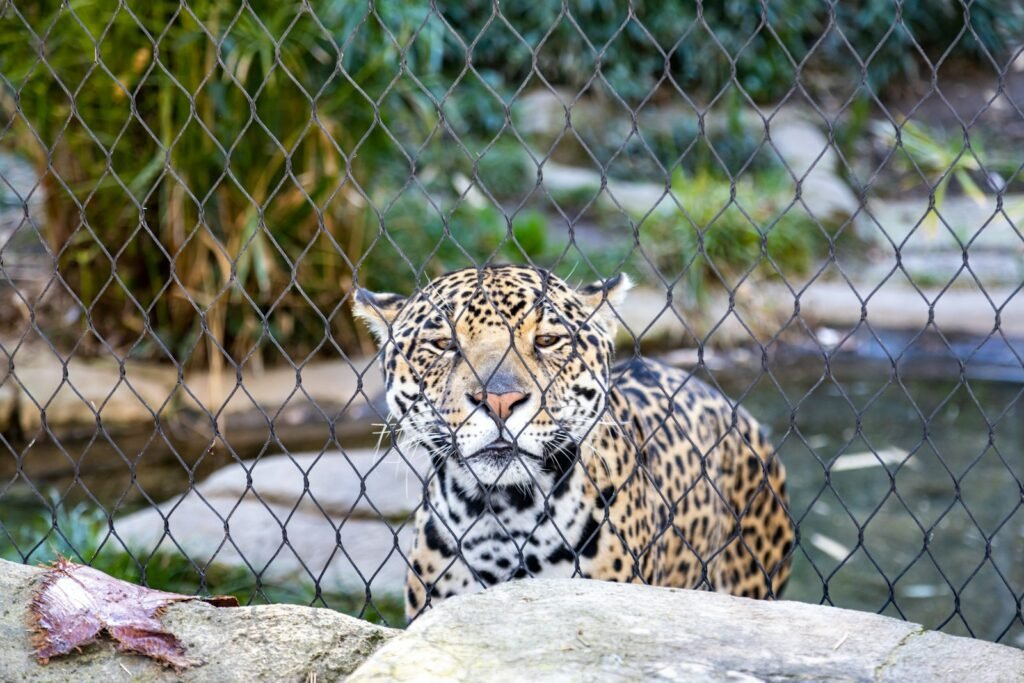
A lack of mental stimulation in captivity often leads to behavioral problems in big cats, such as pacing, aggression, and self-mutilation. Known as zoochosis, these issues stem from the stress of confined spaces and lack of environmental enrichment. Enclosures rarely resemble the cats’ natural habitats, leading to significant psychological stress.
The Role of Breeding Programs
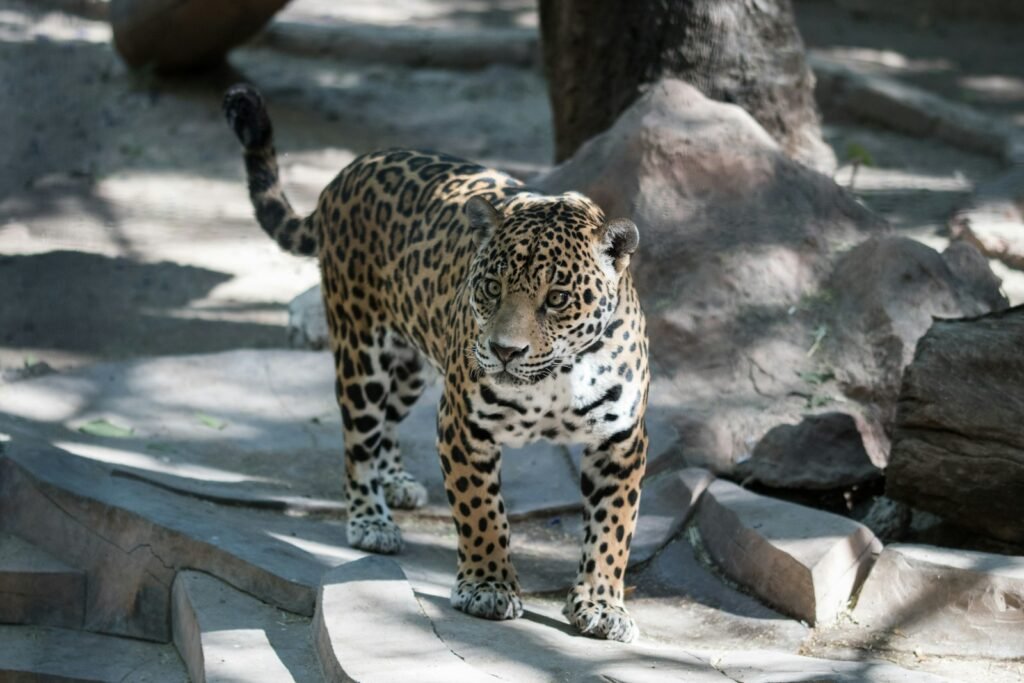
Many zoos and wildlife parks engage in breeding programs for big cats as part of conservation efforts. However, while some programs have been successful in breeding endangered species, many critics argue that these initiatives do not adequately address the root causes of population decline, such as habitat loss and poaching. Furthermore, many animals bred in captivity face difficulties being reintroduced into the wild.
Legal and Regulatory Challenges
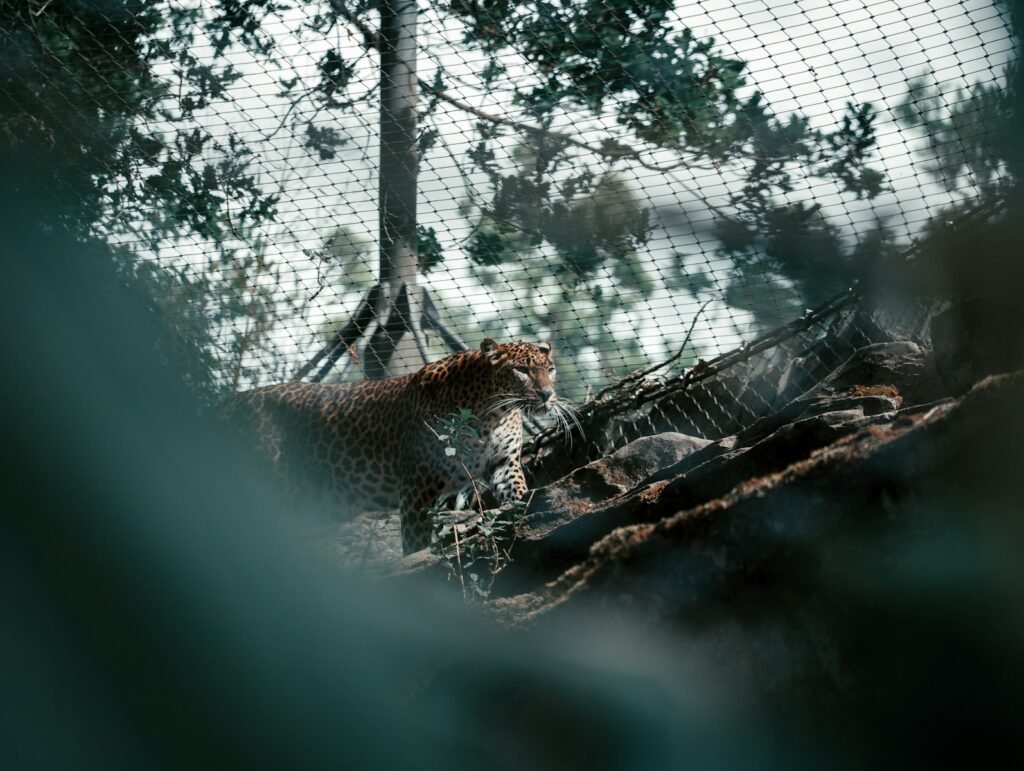
The legal frameworks governing the captivity of big cats vary significantly across countries and even states. These variations result in uneven standards of care and protection for the animals. In some regions, weak regulations allow for practices that can compromise the welfare of big cats, including substandard living conditions and inadequate veterinary care.
The Role of Sanctuaries

An increasing number of sanctuaries are dedicated to providing a better quality of life for big cats in captivity. These facilities often focus on rescuing animals from substandard living conditions or abusive situations. Unlike traditional zoos, sanctuaries aim to offer environments that encourage natural behavior, although they still face many of the same challenges concerning space and resources.
The Economic Aspect of Big Cat Captivity
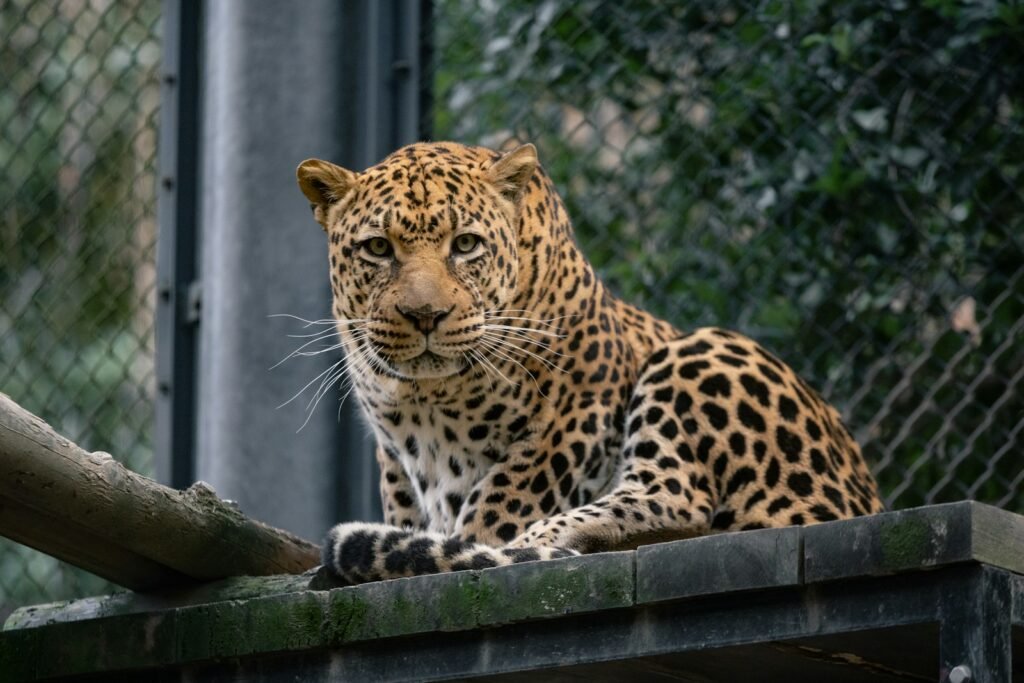
The captivity of big cats is also closely tied to economic factors. Zoos and circuses utilize big cats to draw crowds, generating significant revenue. This financial motivation can sometimes overshadow the welfare of the animals, leading organizations to prioritize profit over proper care and ethical treatment.
Advocacy and Public Awareness
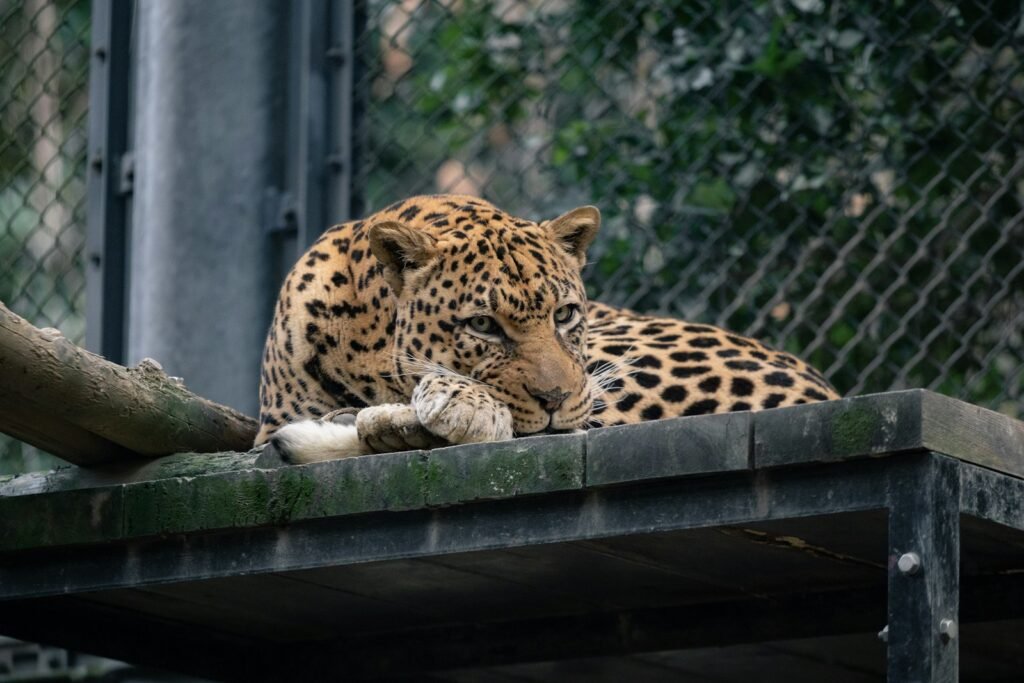
Awareness and advocacy play crucial roles in addressing the challenges faced by big cats in captivity. Increased public knowledge can lead to more stringent regulations, better living conditions, and alternative conservation strategies that prioritize the animals’ natural habitats. Organizations and activist groups continue to campaign for the rights and wellbeing of big cats, emphasizing the importance of ethical treatment and conservation.
The Future of Captive Big Cats
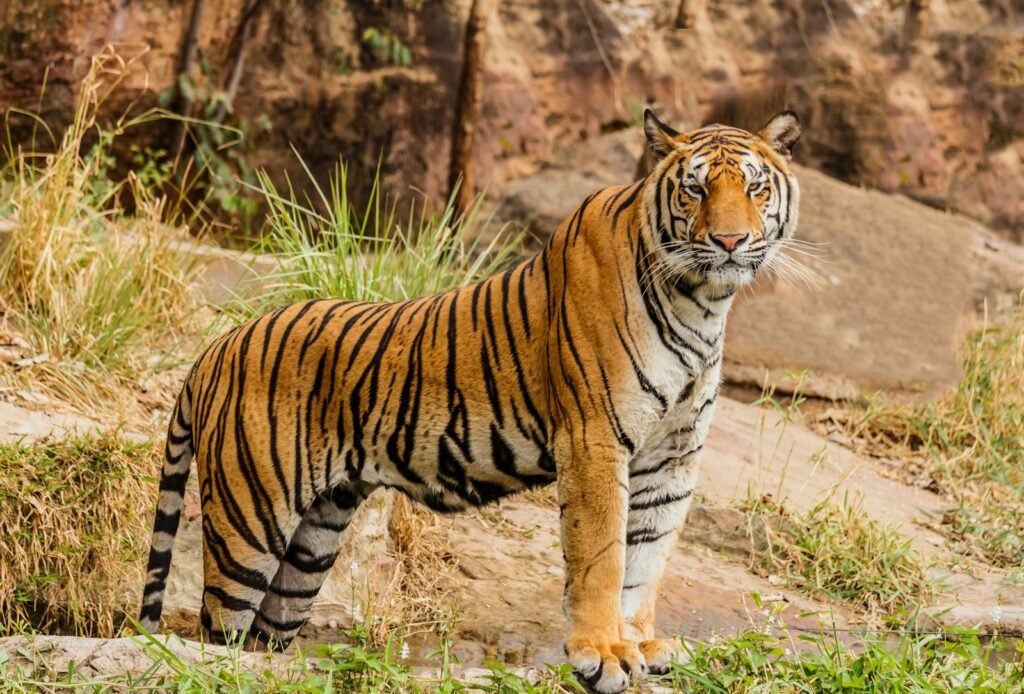
The future of big cats in captivity depends largely on shifting perspectives and approaches towards wildlife conservation. Innovative solutions such as virtual reality experiences and enhanced habitat preservation efforts are gaining traction as alternatives to traditional captivity. As people become more informed about the struggles faced by big cats, the call for change grows louder, encouraging more humane and sustainable practices in the care and conservation of these incredible animals.

Growing up traveling and experiencing new cultures and wonders, I have had a passion for nature, adventuring, photography, and videography. I am currently working towards a BSc in Biodiversity and Ecology at Stellenbosch University, and I hope to specialise in Marine Sciences one day.
Please send any feedback to Feedback@animalsaroundtheglobe.com






